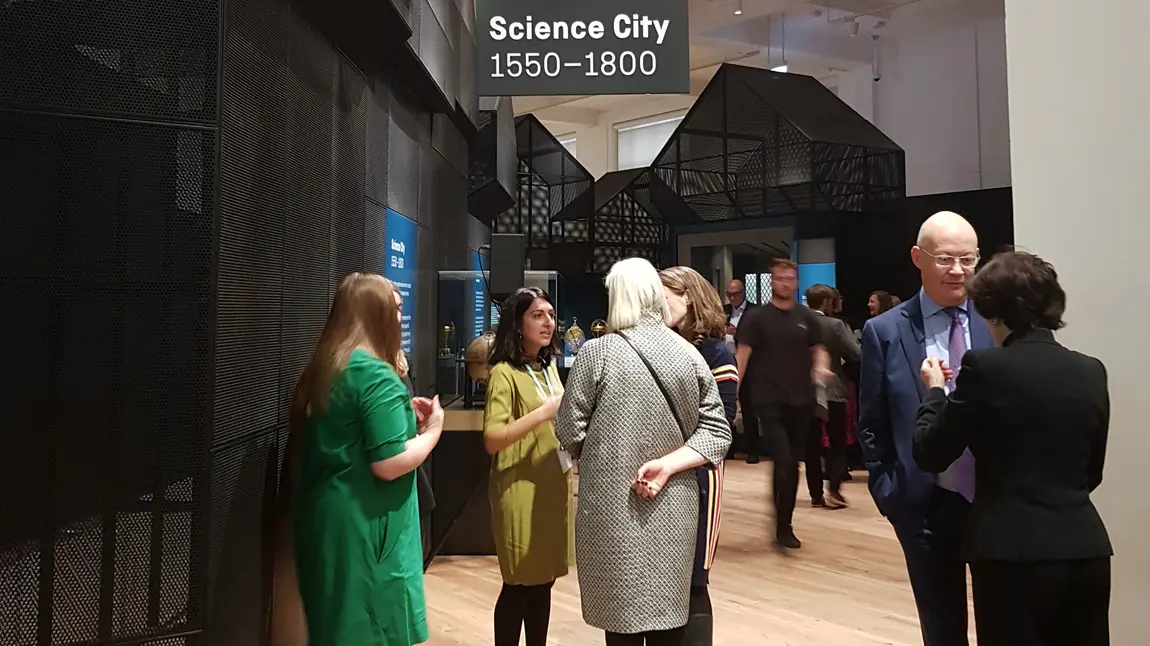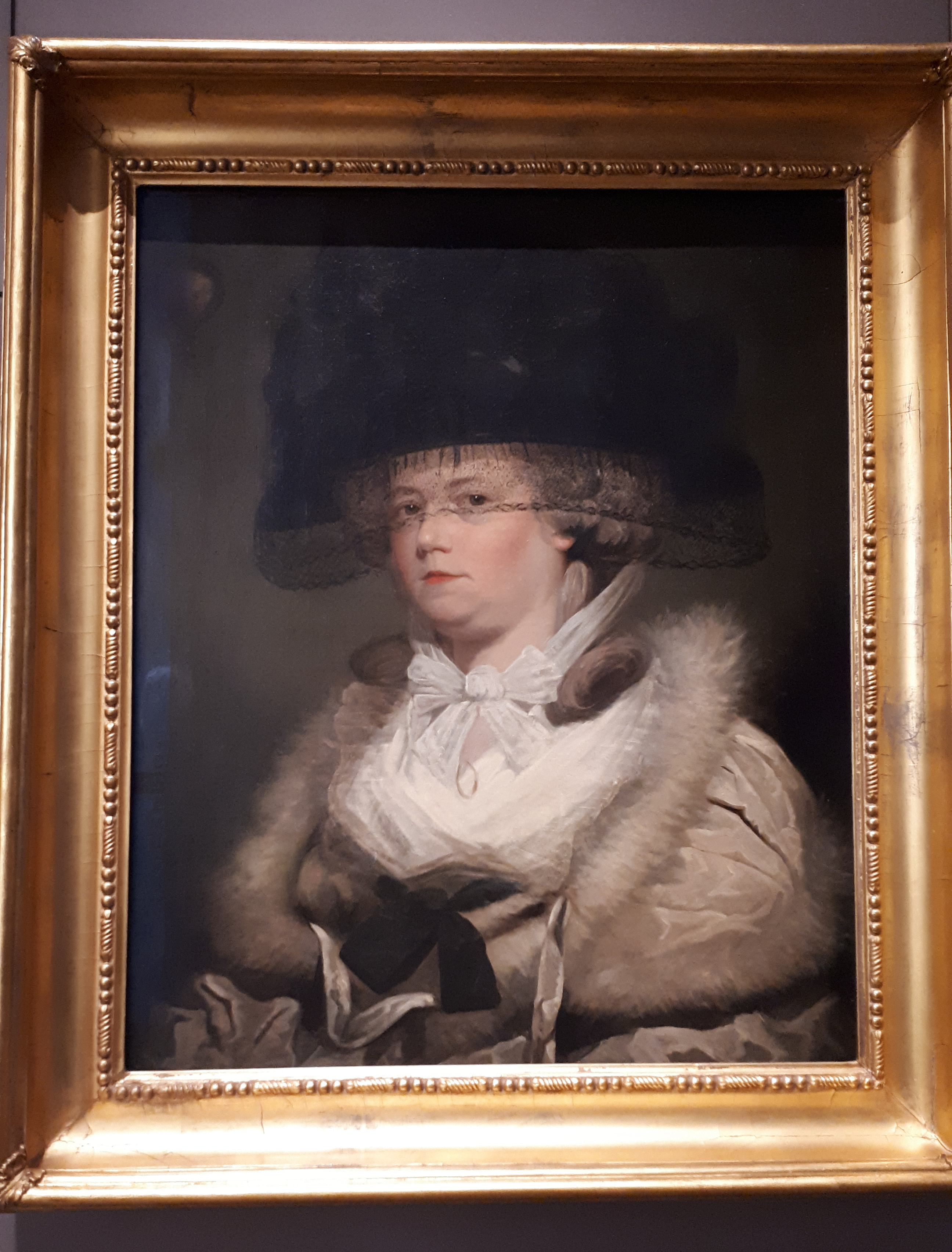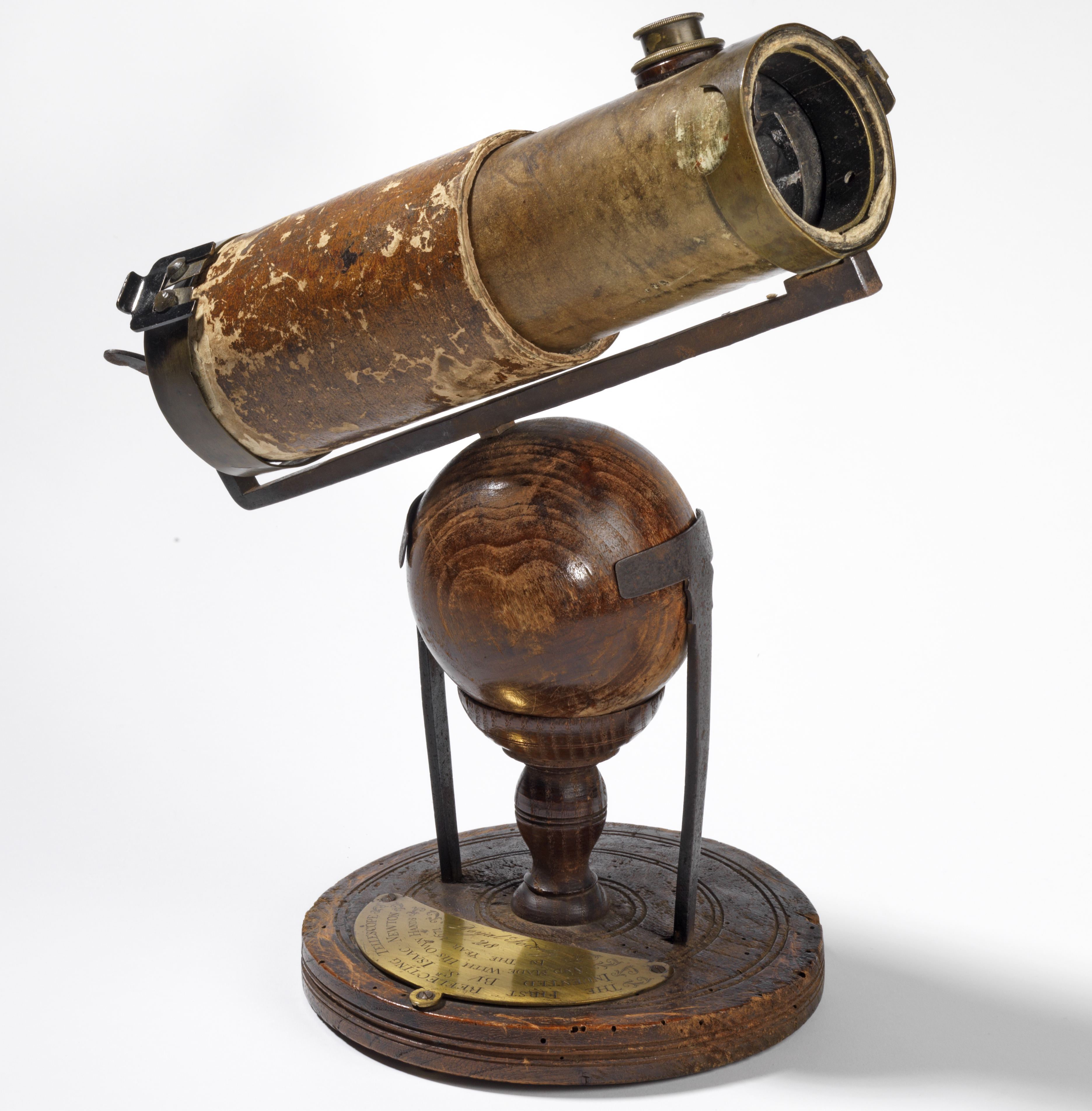Science City: how London revolutionised the world of science

Science City: 1550 to 1800, opening free to visitors from 12 September, explores the work of scientists, artisans and makers during a time of momentous change for the city and for science.
The gallery was made possible thanks to a £1.38million National Lottery grant.
Scientific treasures
From famous works by Isaac Newton and Robert Hooke’s microscope, to objects owned by kings and found in normal households – the gallery is a treasure trove of discoveries.
Here are some of our favourites:
The first woman to fly
Actress Letitia Ann Sage became the first British woman to fly when she stepped aboard an air balloon launched by balloonist Vincenzo Lunardi from St George’s Fields, Southwark in 1855. Unfortunately, it wasn’t plain sailing. Lunardi had to disembark from the balloon as it was too heavy then, during flight, Sage accidentally trod on and broke the balloon’s barometer, meaning the team weren’t able to take their planned scientific measurements. It was mocked as a ‘spectacle’.
A year earlier, Lunardi had become England’s first balloonist when he launched from Moorfields artillery grounds accompanied by a cat, dog and pigeon.
Sage’s portrait and drawings of air balloon launches can be found at the gallery.

Science and the monarchy
The gallery explores King George III’s enthusiasm for science with a range of objects commissioned for him on his coronation. It includes an impressive ‘philosophical table’ which he used for experiments on forces and motion to improve his own knowledge and to entertain his family and guests.
Building bridges
Also in the gallery is a model and sketches of the towering machine used to build Westminster Bridge between 1748 and 1753. It was used to drive the piles of the bridge into the bed of the River Thames, considerably speeding up the construction.
The works of Sir Isaac Newton
Visitors will also see works by Sir Isaac Newton, including his text Prinicipa Mathematica, which lays out the laws of universal motion. The gallery is also home to his own reflecting telescope and his death mask.

Inspiring a new generation
The Science Museum is working with young people across local boroughs to explore Science City’s objects and stories.
Combining scientific thought and contemporary artistic responses, a series of performances, films and art will be showcased early next year.
Science City: 1550 to 1800 is now open at the Science Museum. Plan your visit here.